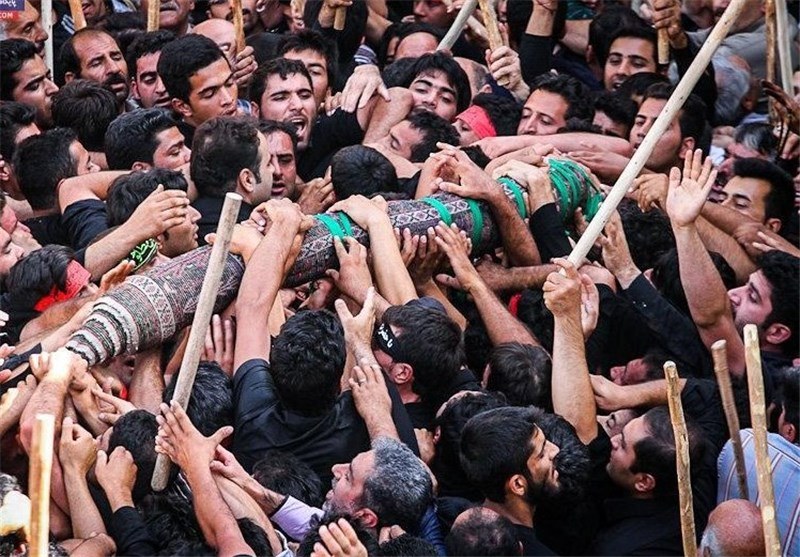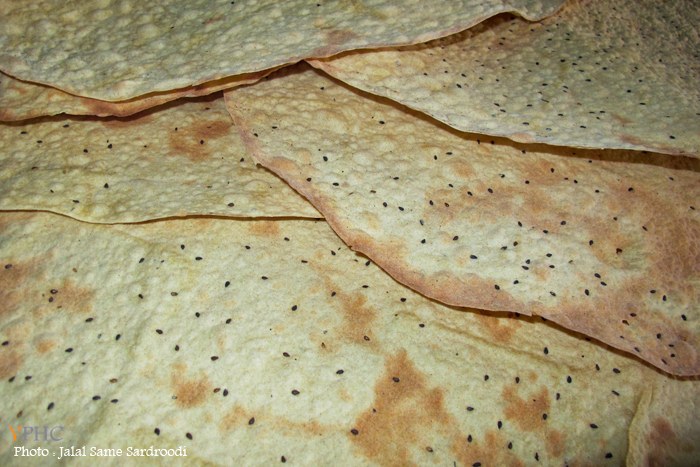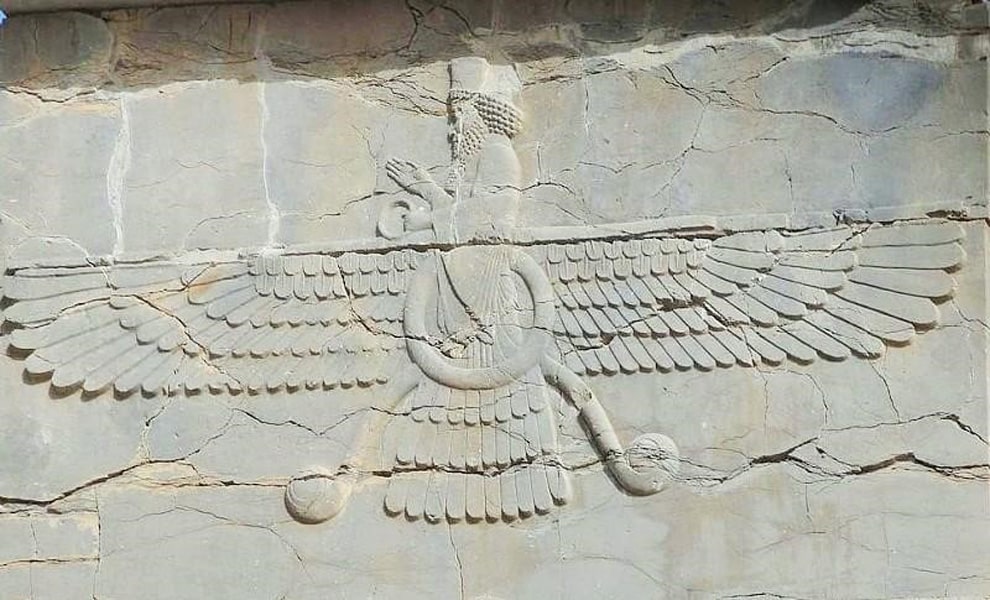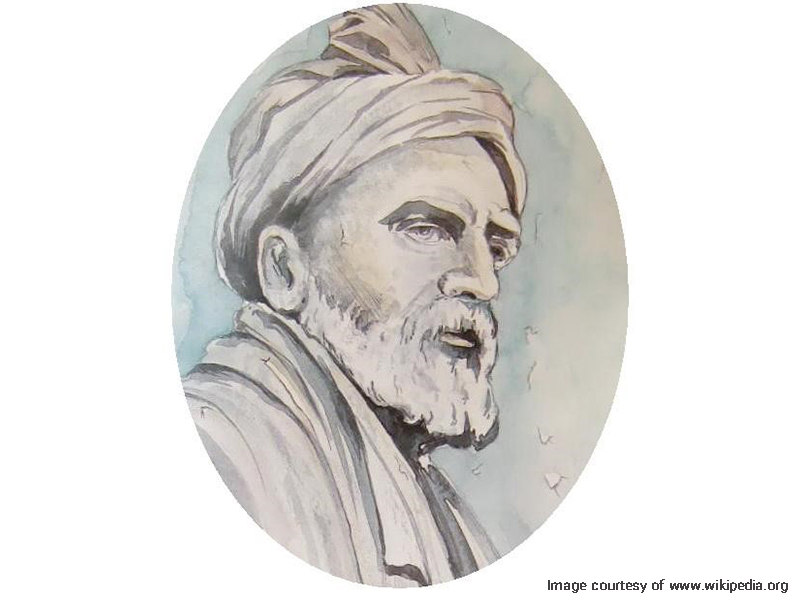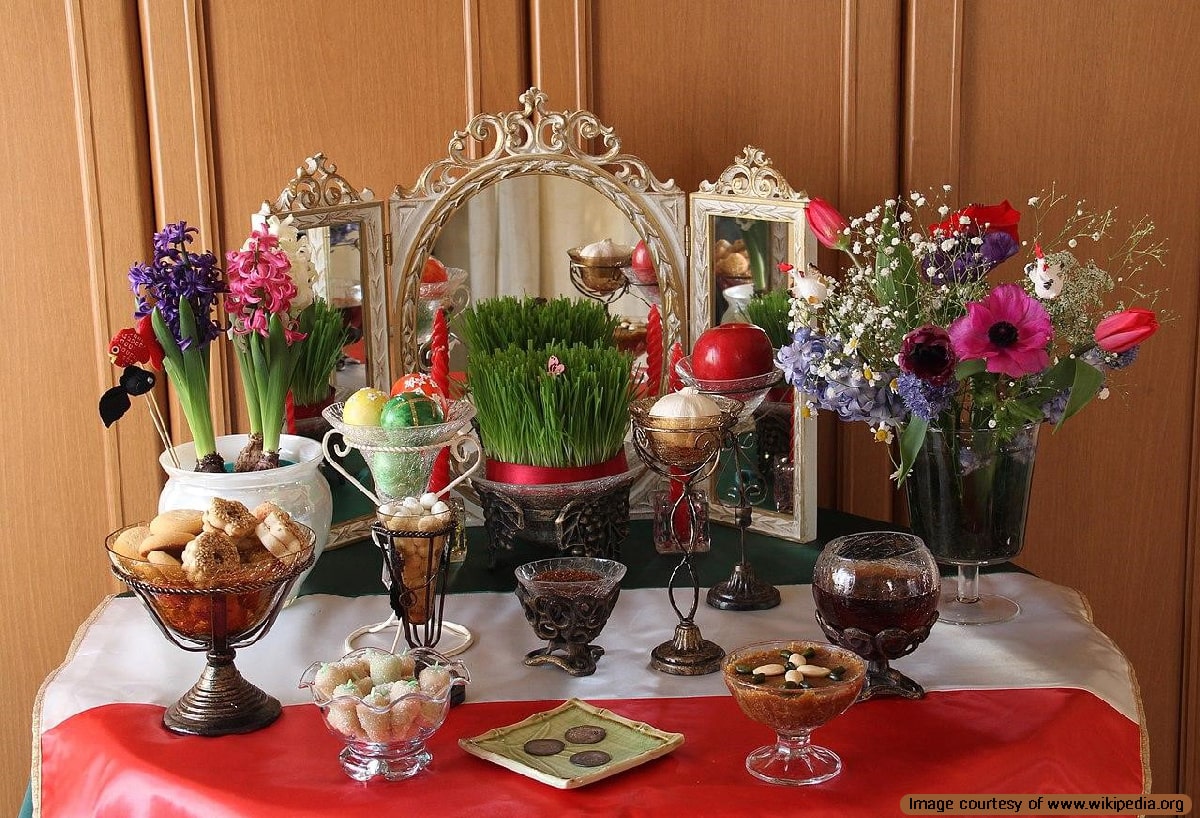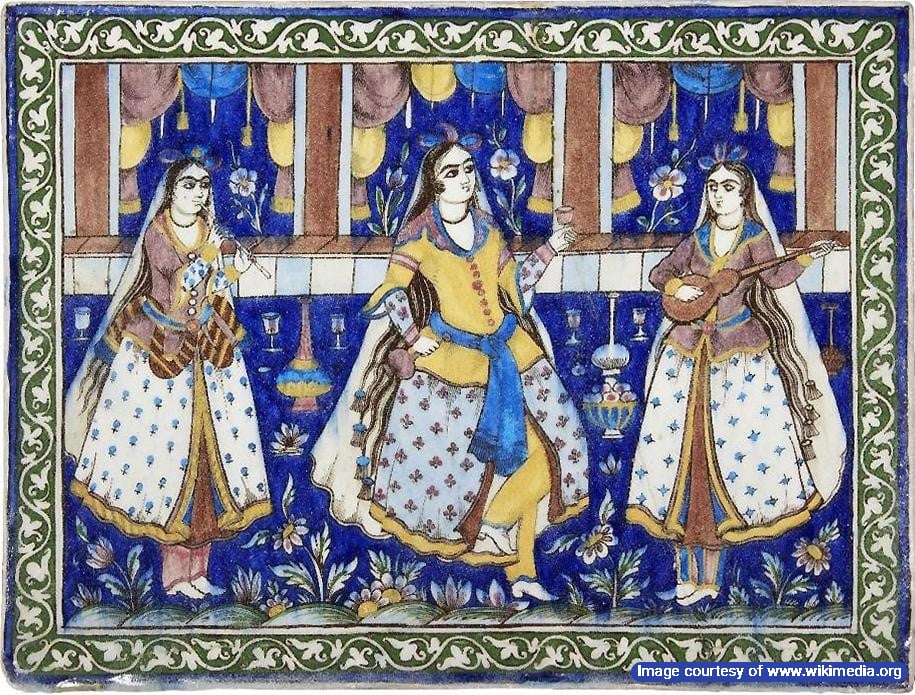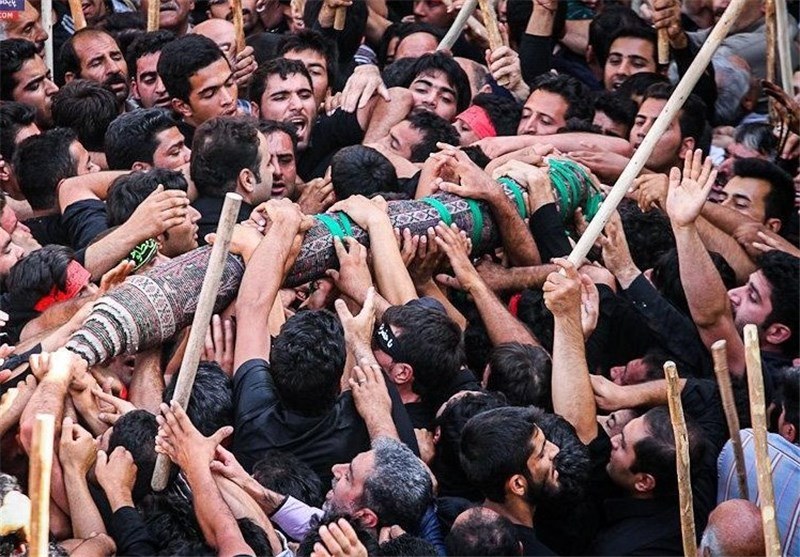
The famous “Qalishuyan Rituals” in Mashhad-e Ardehal near Kashan is an intangible cultural heritage inscribed in UNESCO’s list in 2013. This ancient ritual happens on the second Friday of each Mehr Month (approximately the end of September and the beginning of October) at Mashhad-e Ardehal is held in “Khaveh-ye Ardehal” and “Fin” villages in Kashan area. The local people refer to this day as “Jomeh Qaly” meaning “Carpet Friday”.
This religious event is one of the most attractive Iranian traditions and cultural happenings in Iran. In fact, it’s the only Islamic ritual that Muslims hold according to the solar calendar in Iran. All other Islamic rituals are based on the lunar calendar.
Historic & Mythological Background of Qalishuyan Rituals
According to the quotes from various sources, during the first century after the advent of Islam, the inhabitants of “Chehel Hesaran” (Old name of Kashan) and Fin had suffered a lot from the ruling governors. Therefore, they wrote a letter to Imam Mohammad Baqer, the 5th Shia Imam, asking him to send a person to correct and promote true Islam and Imamat (leadership) to their region. Therefore, he sent his son, Ali, a 32-year-old man, to help them. He, who was later known as “Soltan Ali”, began to promote and educate people on Islamic studies.
As this Imamzadeh (born of Imam) found his way in people’s hearts, the governors felt threatened and plotted a conspiracy against him. Imamzadeh is a religious leader from the seed of the Shiites’ 12 Imams who is buried in a shrine. The word refers to a shrine in Persian too.
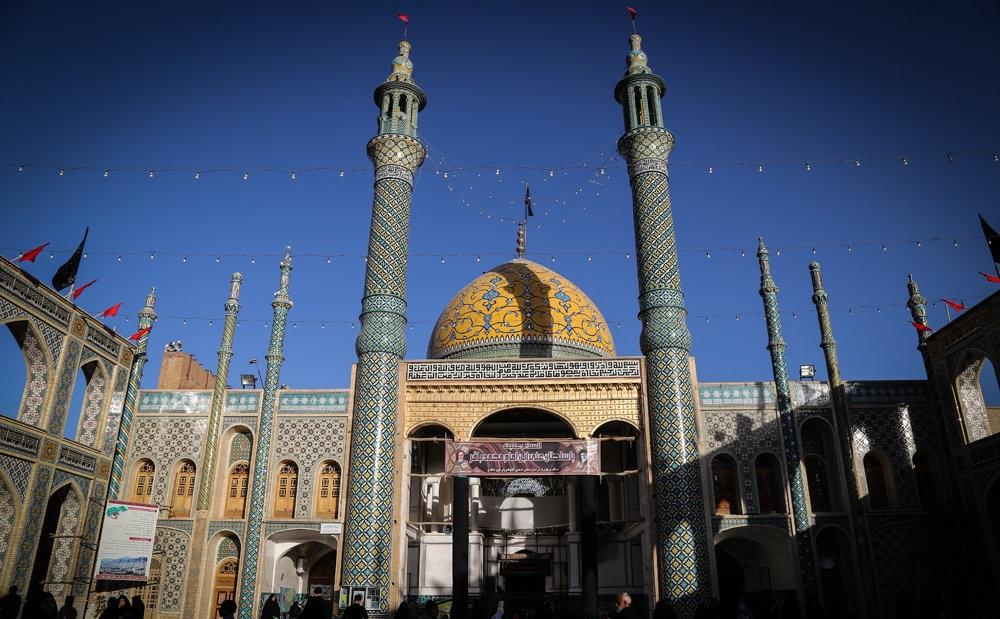
Eventually, they assassinated him while he was praying. When this news reached Fin village inhabitants, they set off for Mashhad-e Ardehal with wooden clubs and maces in their hands. They arrived at the martyrdom location and buried Imamzadeh after practicing “Ghosl” (a preparatory Islamic tradition for the dead bodies). Then, while they were showing their hatred for this act of murder, they buried their beloved leader.
Although this ritual is very old, few people know about it. Some of the reasons for it to remain unknown are:
- Lack of documented evidence for the happening, and
- Location of this event, which is far from the main roads.
Qalishuyan Rituals and Its Etymology
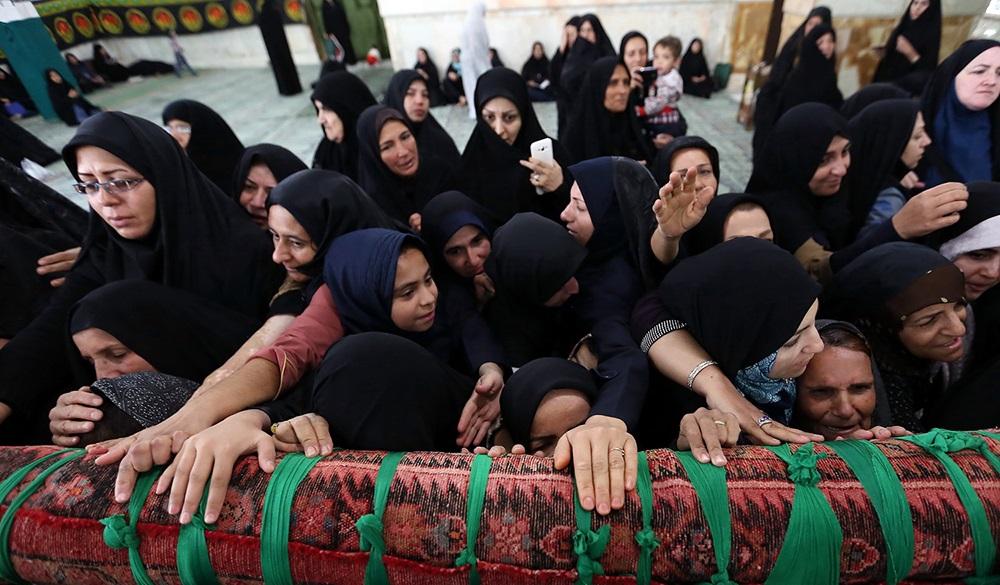
The word “Qaly” means rug or carpet. “Shuyan” is the noun for “Shostan” meaning washing. So, the word Qalishuyan refers to the ritual of carpet washing. Of course, it’s a particular event in which carpet washing is a symbolic action carried out in that area and the rest of the ceremonies occur at the Imamzadeh.
Every year, around 2000 people participate in this ceremony. They lament, flagellate and mourn for the Imamzadeh first. Then, they carry one of the carpets of the shrine of Imamzadeh Ali, son of Imam Mohammad Baqer, to a spring 150 meters away from the shrine to wash. This carpet is a symbol of the carpet in which the dead body of the Imamzadeh had been wrapped in. Here the mourners practice such tradition as a sign of washing the Imamzadeh’s blood off the carpet.
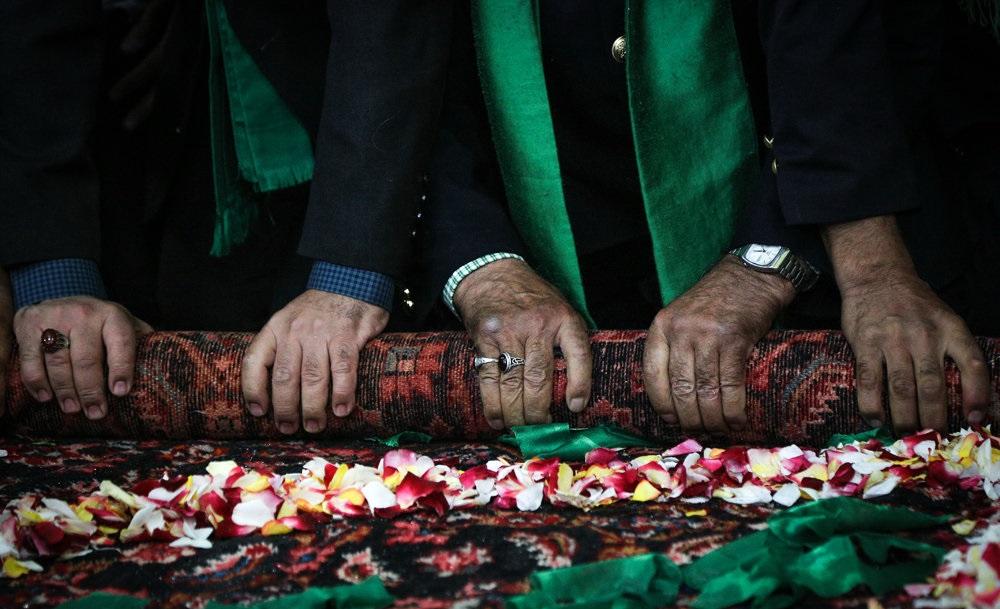
Another group symbolically fights against the murderers of the Imamzadeh by hurling wooden clubs up in the air. They follow the first group of carpet washers. Before the first group enters the shrine and tries to return the carpet to the place it belongs, they’ll meet with the second group.
The mace and club-carrying group runs toward the shrine and yells in order to continue the struggle against the persecutors of the Imamzadeh. This is all symbolic and no clash happens among the group members. It’s part of the mourning ceremonies during the Qalishuyan Rituals.
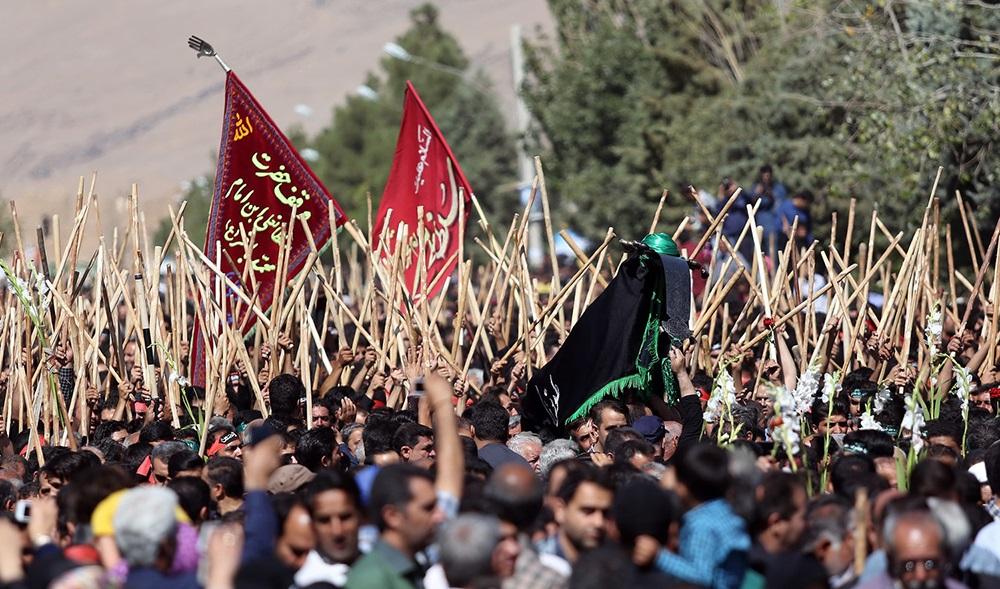
“Qalyshuyan” in Connection with “Mehregan”
As this ritual takes around one week at the time of “Mehregan” ceremonies, many believe there’s a relationship between the two traditions. Mehregan is a remaining ritual from local performing plays which includes “Siavash” story. It looks like Qalyshuyan has kept the core content of the Siavash story and changed its appearance after Islam.
According to the ancient Iranian calendar, each day of any month had a particular name. During the “Mehr” month of this calendar, the 16th day was called “Mehr” too. Therefore, there must certainly be a connection between the time of “Mehregan” festival and Qalishuyan rituals.
On the other hand, others believe that this is an intangible cultural heritage with its roots in the “praising and worshiping ritual of Tishtar” and “Water Requesting Ritual”. If this is true, the building of the Imamzadeh Shrine could be originally one of the Tishtar Temples. Some also believe the building dates back to the 7th century.
It’s worth mentioning that various religions mourn for the loss of their leaders and mythical figures. Ancient Iranian culture is full of mythical knights (Pahlevanan), religious leaders, and famous warriors. Remembering them and holding ceremonies for them had always been regarded as a high value. In addition, the loss of those who were sources of pride for our country had left us with profound pain and agony.
Jaar Week
Since antiquity, the decision about setting the precise time of holding Qalishuyan rituals has been left to the gray-bearded (the senior members of the society) of Fin. However, someone should have spread the decision after it was made.
One of the old traditions, which has faded out these days, is the presence of the news-distributing agents who informed fellow citizens of the news by shouting in public places. Such agents were known as “Jaarchi” and their work was referred to as “Jaar”. In this case, they announced the precise time of the Qalishuyan a week earlier.
In case, the 2nd week of Mehr month coincides with one of Moharam’s mourning days, Ramadan or the birthday of an Imam, the ceremonies are held one day before or after such occasions. Therefore, the news must have reached the local people here and there. Jaarchi agents were the ones spreading the news.
Exclusive Intangible Cultural Heritage of Iranians
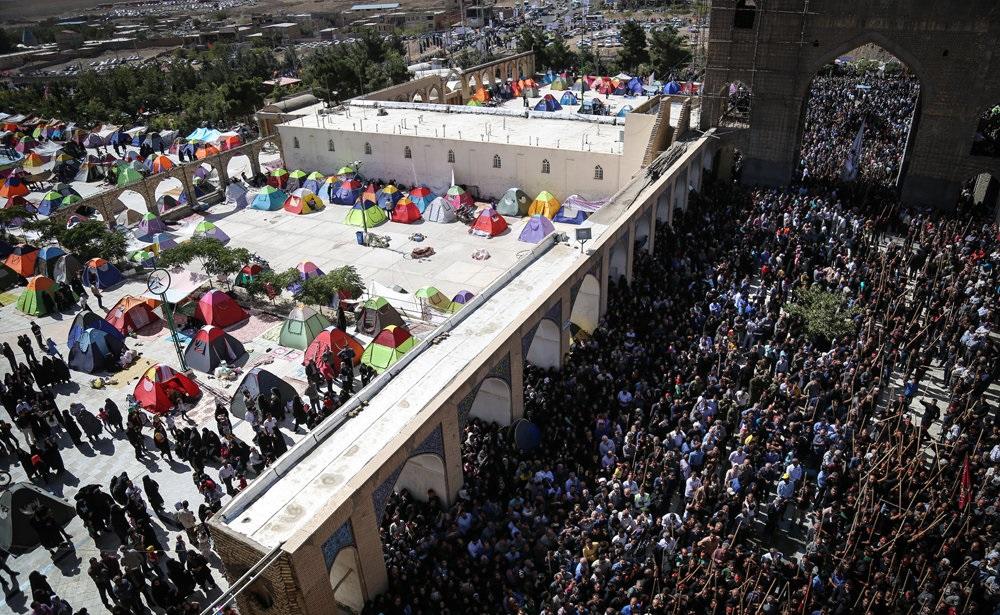
Participation in such ceremonies and festivities is an unparalleled experience if done along with visiting historic monuments. It’s a tremendous example of an amazing intangible cultural heritage of Iranians that you must see. Undoubtedly, this is a wonderful cultural experience that stays in your mind for the years to come.
For more articles on Iranian culture inscribed in UNESCO, go to:
Intangible cultural heritage of Iran in UNESCO List!
Photos courtesy of entekhab.ir






